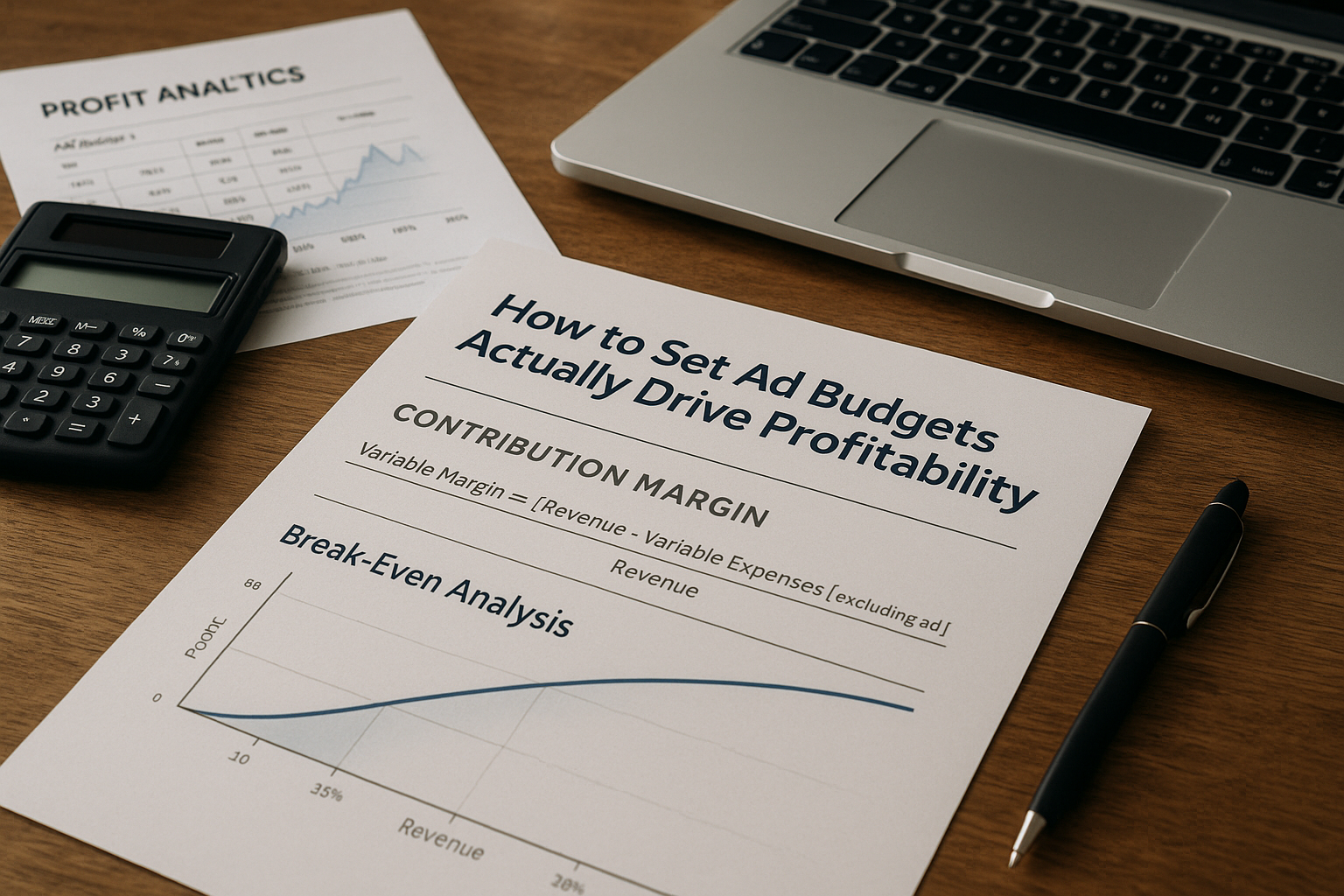The Single Biggest Mistake Crushing Your eCommerce Company

This secret to eCommerce profitability might surprise you.
My co-founder and I built BottleKeeper, a consumer brand, from $0 to $8,000,000 in three years with no employees, investors, or debt before being acquired with just four team members as an eight-figure revenue company. Now, that is an ‘after the fact’ sound bite that was nearly a decade of struggle and almost came to a catastrophic end on countless occasions.
Yes, we made a lot of mistakes at BottleKeeper, but we also built a healthy business that was efficient and profitable. This wasn’t an accident, it was intentional. Now I can share hard-earned lessons to help other early-stage operators and eCommerce entrepreneurs achieve outweighed results.
There is a massive problem that we see from clients coming into Pentane Systems, the eCommerce operating system built based on my BottleKeeper experience, and it is wreaking havoc on early-stage companies.
Are you making up advertising budgets by gut feel or what you ‘think’ is adequate? If yes, you are guilty of this company crushing mistake of arbitrarily setting ad spend. This often results in dramatically underspending on ad dollars based on the revenue needed to meet the financial requirements of the business.
But don’t fret, there is hope.
What makes a business profitable?
Technically speaking, a company is profitable when revenue exceeds expenses, but we need to go deeper. Start by separating expenses into two groups, fixed and variable. Fixed expenses exist whether the company generates revenue or not, such as payroll, office rent, and health insurance. Variable expenses only exist when the company generates revenue, such as cost of goods sold (COGS), shipping and fulfillment costs, advertising expenses, and credit card fees.
From there, we need to define a critical profit driving metric called contribution margin (CM), which is equal to revenue minus variable expenses. CM is the remaining amount, after variable expenses, that “contributes” to pay for fixed expenses. If there are excess CM dollars after fixed expenses have been covered, these dollars are the net profits.
We can positively impact the business and drive more net profit by either cutting fixed expenses or generating more CM. Generally, it’s best to execute both.
Cutting fixed expenses is reasonably straightforward. Dig through the most recent profit and loss statement (P&L) and find line items that can be reduced or eliminated–become more efficient. But how do you generate more contribution margin dollars?
Increase ad spend, with guardrails.
When onboarding new partners into Pentane Systems we find that eCommerce brands tend to set ad spend budgets that have nothing to do with the revenue requirements of the underlying business. Third party marketing agencies, such as Hawke Media, see this too. According to Erik Huberman, CEO of Hawke, “We frequently see companies getting great returns on their ad spend but choose to cut back to save money because they don’t understand how the ad spend impacts the company.”
This is critical: as ad spend drives additional revenue, the return on ad spend (ROAS) required to get to breakeven decreases significantly. How? As the ad spend increases (with guardrails) and revenue climbs, more CM dollars are generated, and it becomes much easier to offset the fixed expenses.
Wait, what?!
Let data be your guide.
Here’s an example from an actual eCommerce company using Pentane’s operating system. Based on their existing fixed and variable expenses, the business requires $2,570 per day, at a 17.6 ROAS, to break even. The same company can achieve breakeven at a 4.2 ROAS by increasing revenue to $3,762 per day.
That’s right, if the company increases its revenue by $1,192 per day, the required ROAS to get to breakeven drops from 17.6 to 4.2–and this happened.
How did they execute this? They started by understanding where the ROAS guardrails were, then leveraged their marketing agency to responsibly increase their ad spend to $895 per day without letting ROAS dip below 4.2. This was their impressive outcome.
Let’s take it a step further. The same company can achieve breakeven at 2.17 ROAS by using ad spend to drive revenue to $8,871. Sure, increasing revenue from $2,570 to $8,870 might be difficult, but that’s not the point. This is just an example of how the math works when you stop seeing ad spend purely as an expense, and instead see it as the fuel for your company’s engine.
It is important to appreciate that the math required to define required revenue and ROAS guardrails is complicated. I won’t pretend it’s not. But using tools that provide these insights will allow you to define where the limits are, based on your situation and the underlying financials in the company, and avoid the company crushing mistake of arbitrarily spending ad dollars.
This article was written by our founder, Adam, and featured on Inc.com



